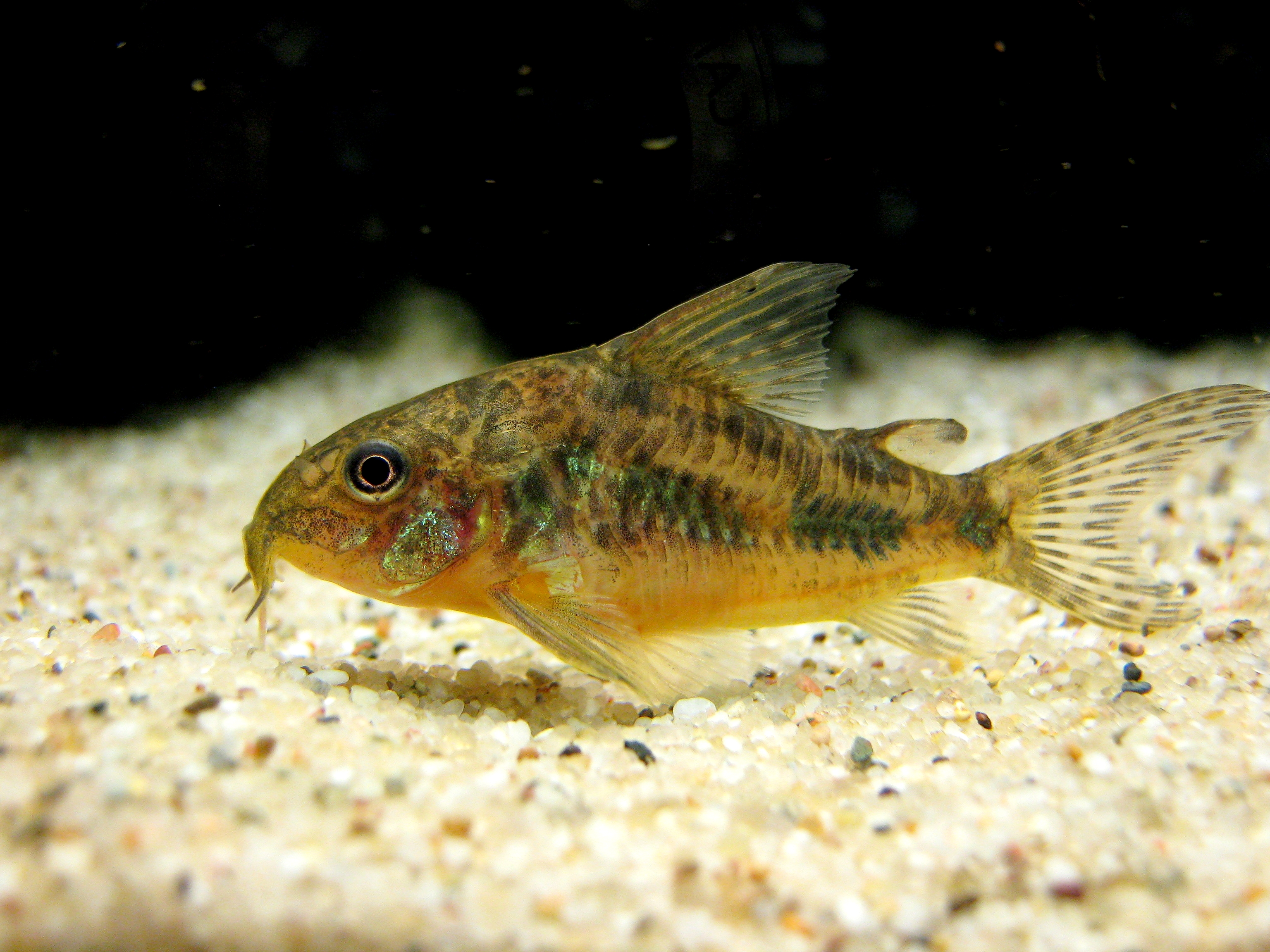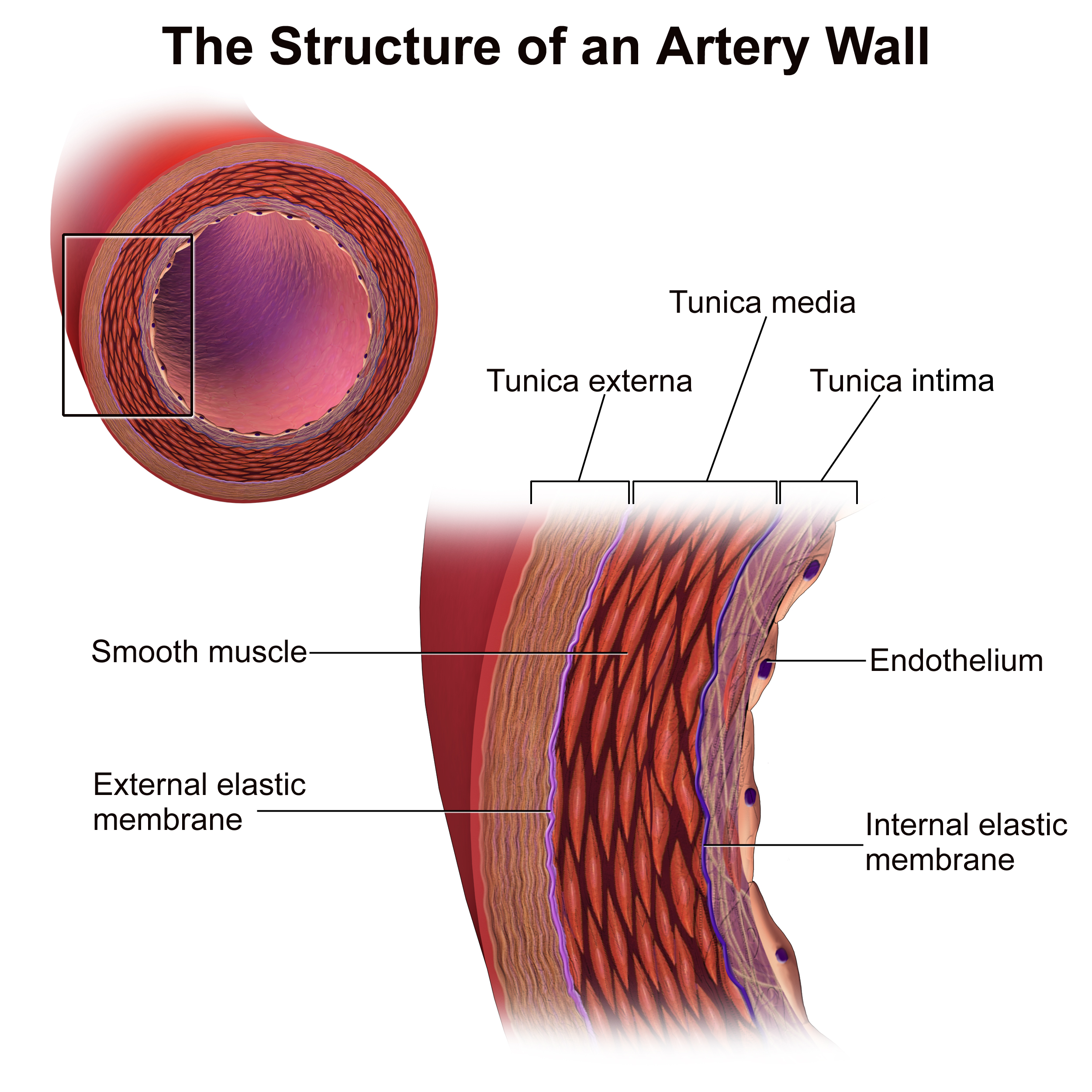|
Port Jackson Shark
The Port Jackson shark (''Heterodontus portusjacksoni'') is a nocturnal, oviparous (egg laying) type of bullhead shark of the family (biology) , family Bullhead shark , Heterodontidae, found in the coastal region of southern Australia, including the waters off Port Jackson. It has a large, blunt head with prominent forehead ridges and dark brown harness-like markings on a lighter grey-brown body, and can grow up to long. They are the largest in the genus ''Heterodontus''. The Port Jackson shark is a Fish migration , migratory species, traveling south in the summer and returning north to breed in the winter. It feeds on hard-shelled mollusks, crustaceans, sea urchins, and fish. Identification of this species is very easy due to the pattern of harness-like markings that cross the eyes, run along the back to the first dorsal fin, then cross the side of the body, in addition to the spine in front of both dorsal fins. Distribution and habitat The Port Jackson shark is endemism , end ... [...More Info...] [...Related Items...] OR: [Wikipedia] [Google] [Baidu] |
Friedrich Albrecht Anton Meyer
Friedrich Albrecht Anton Meyer (29 June 1768 – 29 November 1795) was a German Physician, medical doctor and naturalist. His academic thesis in Göttingen was ''Dissertatio inauguralis medico-therapeutica De cortice angusturae''. He wrote, in 1793, ''Systematisch-summarische Uebersicht der neuesten zoologischen Entdeckungen in Neuholland und Afrika'', a work on African fauna, especially primates and birds. His classification of reptiles, ''Synopsis reptilium, novam ipsorum sistens generum methodum, nec non Gottingensium huius ordinis animalium enumerationem'', was published in 1795. References {{DEFAULTSORT:Meyer, Friedrich 18th-century German zoologists 18th-century German naturalists 18th-century German physicians 1768 births 1795 deaths ... [...More Info...] [...Related Items...] OR: [Wikipedia] [Google] [Baidu] |
Bottom Feeder
A bottom feeder is an aquatic animal that feeds on or near the bottom of a body of water. Biologists often use the terms ''benthos''—particularly for invertebrates such as shellfish, crabs, crayfish, sea anemones, starfish, snails, bristleworms and sea cucumbers—and ''benthivore'' or ''benthivorous'', for fish and invertebrates that feed on material from the bottom. However the term ''benthos'' includes all aquatic life that lives on or near the bottom, which means it also includes non-animals, such as plants and algae. Biologists also use specific terms that refer to bottom feeding fish, such as demersal fish, groundfish, benthic fish and benthopelagic fish. Examples of bottom feeding fish species groups are flatfish (halibut, flounder, plaice, sole), eels, cod, haddock, bass, grouper, carp, bream ( snapper) and some species of catfish and sharks. Feeding strategies Some bottom feeders are detritivores, taking advantage of organic materials that sink down through bodie ... [...More Info...] [...Related Items...] OR: [Wikipedia] [Google] [Baidu] |
Viviparous
In animals, viviparity is development of the embryo inside the body of the mother, with the maternal circulation providing for the metabolic needs of the embryo's development, until the mother gives birth to a fully or partially developed juvenile that is at least metabolically independent. This is opposed to oviparity, where the embryos develop independently outside the mother in eggs until they are developed enough to break out as hatchlings; and ovoviviparity, where the embryos are developed in eggs that remain carried inside the mother's body until the hatchlings emerge from the mother as juveniles, similar to a live birth. Etymology The term "viviparity" and its adjective form "viviparous" both derive from the Latin ''vivus'', meaning "living"; and ''pario'', meaning "give birth to". Reproductive mode Five modes of reproduction have been differentiated in animals based on relations between zygote and parents. The five include two nonviviparous modes: ovuliparity, w ... [...More Info...] [...Related Items...] OR: [Wikipedia] [Google] [Baidu] |
Artery
An artery () is a blood vessel in humans and most other animals that takes oxygenated blood away from the heart in the systemic circulation to one or more parts of the body. Exceptions that carry deoxygenated blood are the pulmonary arteries in the pulmonary circulation that carry blood to the lungs for oxygenation, and the umbilical arteries in the fetal circulation that carry deoxygenated blood to the placenta. It consists of a multi-layered artery wall wrapped into a tube-shaped channel. Arteries contrast with veins, which carry deoxygenated blood back towards the heart; or in the pulmonary and fetal circulations carry oxygenated blood to the lungs and fetus respectively. Structure The anatomy of arteries can be separated into gross anatomy, at the macroscopic level, and microanatomy, which must be studied with a microscope. The arterial system of the human body is divided into systemic arteries, carrying blood from the heart to the whole body, and pulmonary arteries, c ... [...More Info...] [...Related Items...] OR: [Wikipedia] [Google] [Baidu] |
Spiracle (vertebrates)
Spiracles () are openings on the surface of some animals, which usually lead to respiratory systems. The spiracle is a small hole behind each eye that opens to the mouth in some fish. In the jawless fish, the first gill opening immediately behind the mouth is essentially similar to the other gill openings. With the evolution of the jaw in the early jawed vertebrates, this gill slit was caught between the forward gill-rod (now functioning as the jaw) and the next rod, the hyomandibular bone, supporting the jaw hinge and anchoring the jaw to the skull proper. The gill opening was closed off from below, the remaining opening was small and hole-like, and is termed a spiracle. In many species of sharks and all rays the spiracle is responsible for the intake of water into the buccal space before being expelled from the gills. The spiracle is often located towards the top of the animal allowing breathing even while the animal is mostly buried under sediments. As sharks adapted a faster ... [...More Info...] [...Related Items...] OR: [Wikipedia] [Google] [Baidu] |
Mollusks
Mollusca is a phylum of protostomic invertebrate animals, whose members are known as molluscs or mollusks (). Around 76,000 extant species of molluscs are recognized, making it the second-largest animal phylum after Arthropoda. The number of additional fossil species is estimated between 60,000 and 100,000, and the proportion of undescribed species is very high. Many taxa remain poorly studied. Molluscs are the largest marine phylum, comprising about 23% of all the named marine organisms. They are highly diverse, not just in size and anatomical structure, but also in behaviour and habitat, as numerous groups are freshwater and even terrestrial species. The phylum is typically divided into 7 or 8 taxonomic classes, of which two are entirely extinct. Cephalopod molluscs, such as squid, cuttlefish, and octopuses, are among the most neurologically advanced of all invertebrates—and either the giant squid or the colossal squid is the largest known extant invertebrat ... [...More Info...] [...Related Items...] OR: [Wikipedia] [Google] [Baidu] |
Caudal Fin
Fins are moving appendages protruding from the body of fish that interact with water to generate thrust and help the fish swim. Apart from the tail or caudal fin, fish fins have no direct connection with the back bone and are supported only by muscles. Fish fins are distinctive anatomical features with varying structures among different clades: in ray-finned fish (Actinopterygii), fins are mainly composed of bony spines or rays covered by a thin stretch of scaleless skin; in lobe-finned fish (Sarcopterygii) such as coelacanths and lungfish, fins are short rays based around a muscular central bud supported by jointed bones; in cartilaginous fish (Chondrichthyes) and jawless fish (Agnatha), fins are fleshy " flippers" supported by a cartilaginous skeleton. Fins at different locations of the fish body serve different purposes, and are divided into two groups: the midsagittal ''unpaired fins'' and the more laterally located ''paired fins''. Unpaired fins are predominan ... [...More Info...] [...Related Items...] OR: [Wikipedia] [Google] [Baidu] |
Pectoral Fin
Fins are moving appendages protruding from the body of fish that interact with water to generate thrust and help the fish aquatic locomotion, swim. Apart from the tail or caudal fin, fish fins have no direct connection with the vertebral column, back bone and are supported only by muscles. Fish fins are distinctive anatomical features with varying structures among different clades: in ray-finned fish (Actinopterygii), fins are mainly composed of bone, bony spine (zoology), spines or ray (fish fin anatomy), rays covered by a thin stretch of fish scale, scaleless skin; in lobe-finned fish (Sarcopterygii) such as coelacanths and lungfish, fins are short rays based around a muscular central limb bud, bud supported by appendicular skeleton, jointed bones; in cartilaginous fish (Chondrichthyes) and jawless fish (Agnatha), fins are fleshy "flipper (anatomy), flippers" supported by a cartilaginous skeleton. Fins at different locations of the fish body serve different purposes, and are ... [...More Info...] [...Related Items...] OR: [Wikipedia] [Google] [Baidu] |
Dorsal Fin
A dorsal fin is a fin on the back of most marine and freshwater vertebrates. Dorsal fins have evolved independently several times through convergent evolution adapting to marine environments, so the fins are not all homologous. They are found in most fish, in mammals such as whales, and in extinct ancient marine reptiles such as ichthyosaurs. Most have only one dorsal fin, but some have two or three. Wildlife biologists often use the distinctive nicks and wear patterns which develop on the dorsal fins of whales to identify individuals in the field. The bones or cartilages that support the dorsal fin in fish are called pterygiophores. Functions The main purpose of the dorsal fin is usually to stabilize the animal against rolling and to assist in sudden turns. Some species have further adapted their dorsal fins to other uses. The sunfish uses the dorsal fin (and the anal fin Fins are moving appendages protruding from the body of fish that interact with water to ge ... [...More Info...] [...Related Items...] OR: [Wikipedia] [Google] [Baidu] |
Anal Fin
Fins are moving appendages protruding from the body of fish that interact with water to generate thrust and help the fish swim. Apart from the tail or caudal fin, fish fins have no direct connection with the back bone and are supported only by muscles. Fish fins are distinctive anatomical features with varying structures among different clades: in ray-finned fish (Actinopterygii), fins are mainly composed of bony spines or rays covered by a thin stretch of scaleless skin; in lobe-finned fish ( Sarcopterygii) such as coelacanths and lungfish, fins are short rays based around a muscular central bud supported by jointed bones; in cartilaginous fish ( Chondrichthyes) and jawless fish ( Agnatha), fins are fleshy " flippers" supported by a cartilaginous skeleton. Fins at different locations of the fish body serve different purposes, and are divided into two groups: the midsagittal ''unpaired fins'' and the more laterally located ''paired fins''. Unpaired fins are pr ... [...More Info...] [...Related Items...] OR: [Wikipedia] [Google] [Baidu] |






